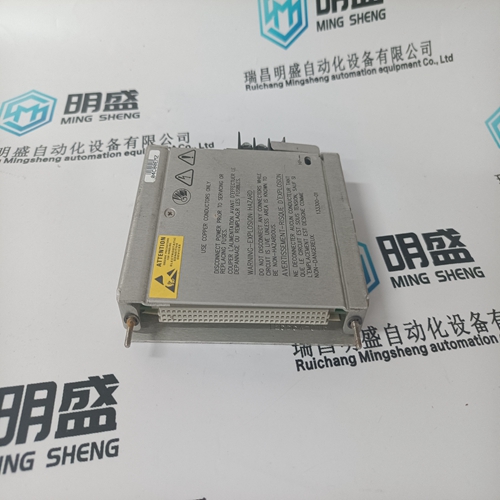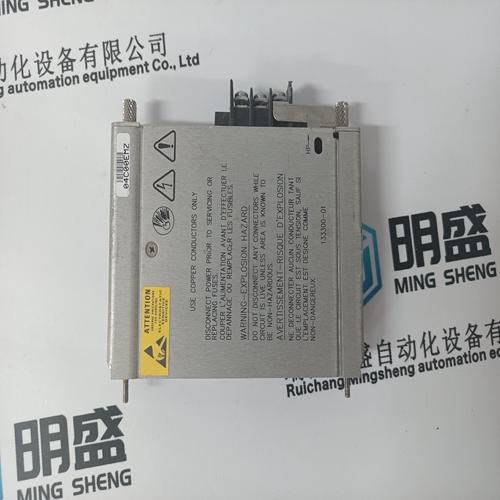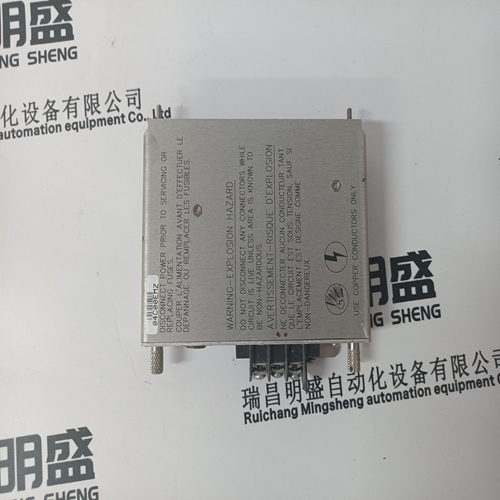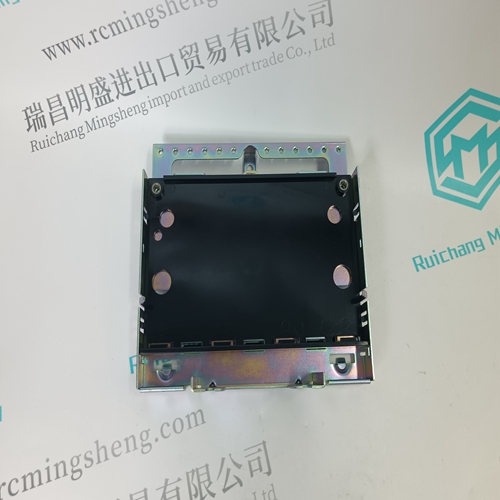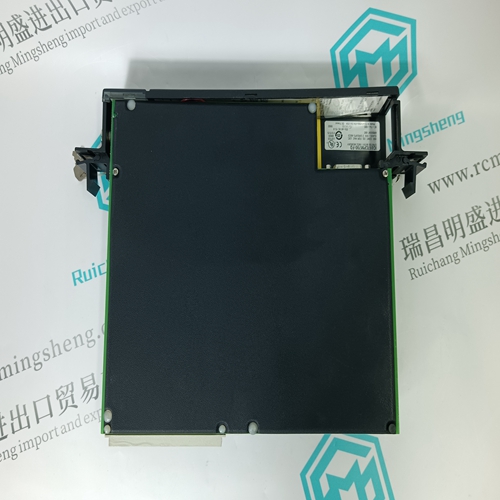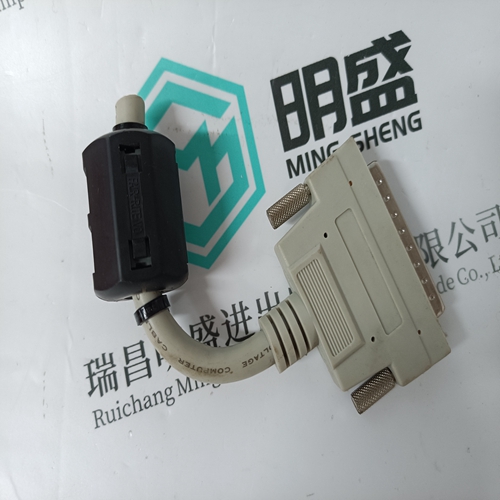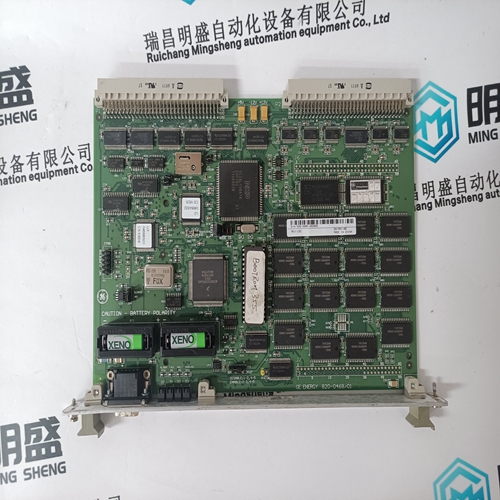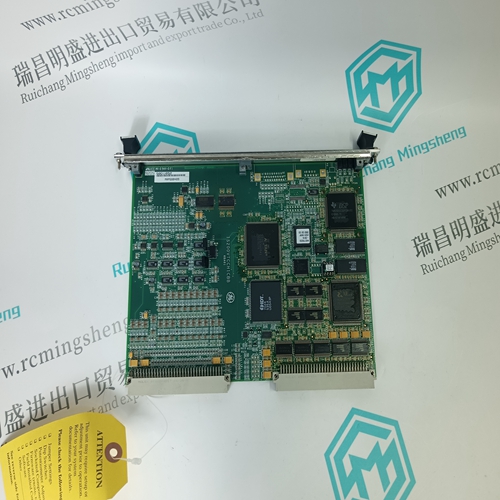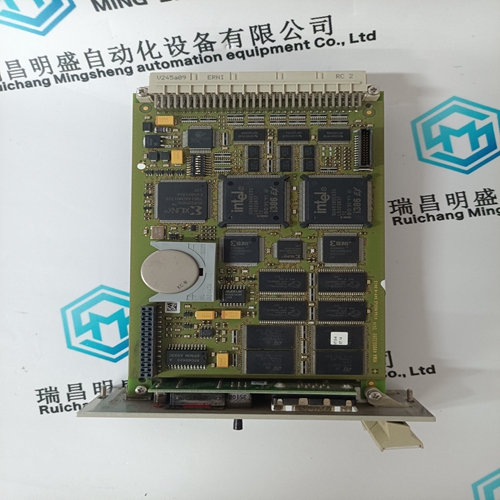Home > Product > PLC programmable module > BENTLY 133300-01 Monitor card
BENTLY 133300-01 Monitor card
- Product ID: 133300-01
- Brand: BENTLY
- Place of origin: the United States
- Goods status: new/used
- Delivery date: stock
- The quality assurance period: 365 days
- Phone/WhatsApp/WeChat:+86 15270269218
- Email:stodcdcs@gmail.com
- Tags:BENTLY133300-01Monitor card
- Get the latest price:Click to consult
The main products
Spare parts spare parts, the DCS control system of PLC system and the robot system spare parts,
Brand advantage: Allen Bradley, BentlyNevada, ABB, Emerson Ovation, Honeywell DCS, Rockwell ICS Triplex, FOXBORO, Schneider PLC, GE Fanuc, Motorola, HIMA, TRICONEX, Prosoft etc. Various kinds of imported industrial parts
Products are widely used in metallurgy, petroleum, glass, aluminum manufacturing, petrochemical industry, coal mine, papermaking, printing, textile printing and dyeing, machinery, electronics, automobile manufacturing, tobacco, plastics machinery, electric power, water conservancy, water treatment/environmental protection, municipal engineering, boiler heating, energy, power transmission and distribution and so on.
BENTLY 133300-01 Monitor card
This chapter provides an overview of the features and operation of the 723PLUS Load Sharing Control/Cat ADEM. The control defines 4 operation modes: Stopped / Bypassed Speed-Reference Forward Mode Synchronization Mode Load Sharing Mode Stopped / Bypassed When the Engine A/B Stop command is used, closing of the respective contact forces the control to output minimum (0%, 4 mA) for Engine A/B SpeedReference Output. The Engine A/B Stop command will ignore any biases from either synchronization or load sharing control. Speed-Reference Forward Mode When both engine clutches are open, the control defaults to output each engine’s speed-reference input directly to each engine’s speed-reference output. A CONFIGURE option is available to have just one common speed-reference for both engines. Engine B Speed-Reference will then follow the Engine A SpeedReference input signal. Engine A/B Raise and Lower commands are ignored. Engine A/B Load signals are ignored.
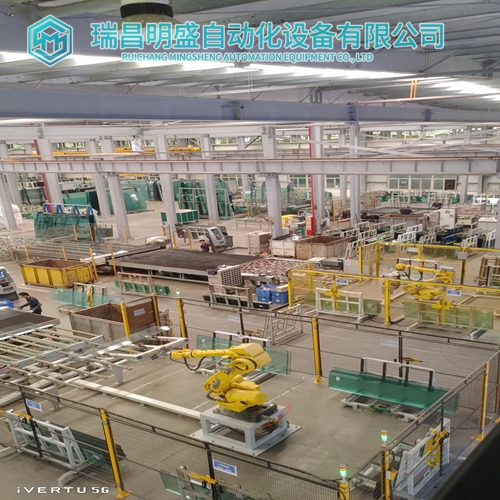
Synchronization Mode
When just one engine is clutched in, that is connected to the gearbox, the respective Raise and Lower contacts can be used to synchronize the speed of the other engine which is not clutched in. The synchronization bias will be added to the nominal speed reference of the clutched out engine. This synchronization bias is volatile; once both engines are either clutched in or clutched out, the bias will be reset to 0. When both speed signals from engine A and B are within a certain adjustable window, a Synchronize OK Check relay can be energized, which can be used as a clutch-in permissive.
When the second engine clutches in, the control will soft-load this second engine with an adjustable rate to the required load (normally 50% of both engines total load). When the soft-loading has finished, normal load sharing is operational. When an unload contact is received for either engine, the load set point for that engine is set to its UNLOAD SETPOINT. The control will unload the engine with an adjustable rate; the other engine will take the remaining load.
Load Sharing Mode
When both engines are clutched in, that is, mechanically coupled to the gearbox, the control will try to load share between the two engines. A PID controller generates speed biases for engine A and engine B such that each engine will load-share according the required ratio which is defined normally as 50% of the total load. Unequal load sharing is possible by adjusting the LOAD RATIO setting in the SERVICE menu. In steady state, the PID will have an output of 50%, equaling 0 rpm bias for each engine. An adjustable PID BIAS RANGE defines the absolute bias when the Load Sharing PID is at either 0% or 100%. The Load Sharing bias for engine A and B are complementary; when engine A gets a positive bias, engine B gets the same bias negatively.
When the unload command is removed, soft-loading will be initiated. When the soft-loading has finished, normal load-sharing is operational again. Load sharing mode will not be possible and be disabled in the following cases: Engine A or B Speed-Reference Input fault Engine A or B Load Input fault Engine A or B Stop command Engine A or B Clutch is open
